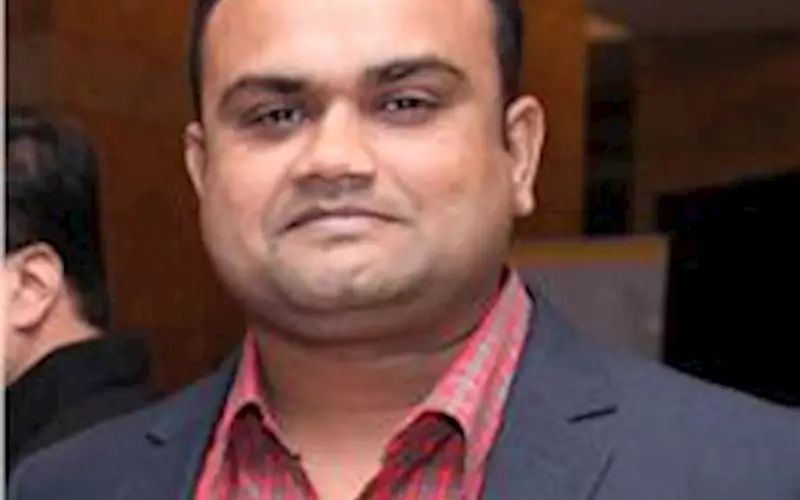Rahul@Drupa: What to look out for in an offset press
In spite of the offset naysayers, the good news is offset press installations in 2015 saw a healthy and steady growth rate. In the last 12-18 months, the market for presses has improved. This is in terms of not only sales, but also enquiries and requests for demos and plant visits., Business
25 Apr 2016 | By Rahul Kumar
We expect a healthy order booking from Drupa.
If it’s Komori, then look out for their new offset litho press at Drupa. According to its partners in India, Insight, the B2-plus Lithrone GL29 will be the platform for its future presses, though their top management says, “it won’t replace the LS29 range as yet.”
So what does the G stand for? The G designation was first seen on the B1 GL40 (a press which the PrintWeek India team saw in action at International Print O Pac in Noida on Hanuman Jayanti day) stands for a suite of ‘green’ improvements.
Insider tip: A couple of Indian printers are seeking an upgrade from their L29s to their G29s as part of a Drupa package. This is why the G29 is a favourite.
Heidelberg’s Drupa press plans include a second-generation B2 Anicolor keyless inking press with features for much faster colour changes, cutting makeready times by 60 to 100 seconds (useful for packaging printers in particular), plus improvements to the Speedmaster CX 102 and XL 75 presses, a new Prinect Press Centre XL control system, an “intuitive” new operating system for the whole Speedmaster range and ‘next-generation’ tools for faster makereadies.
Look for the spectral measurement device. Especially the Inpress Control 2, launched last year (installed at Parksons Packaging), which has reduced makeready times and waste and made the control of colour easier and more accurate.
The news from KBA is the B2-plus Rapida 75 Pro. This shall be a five-colour press with UV-LED curing. What it does is, closes the gap between the original 75 and the automated 76. According to Indo Polygraph Machinery, after pre-selecting makeready sequences and activating them with a single button, makeready times can be cut by 50%.
The old warhorses from KBA, especially the 105 and 106 will remain the star attraction.
But keep an eye on UV. For example, Ryobi will do demos of the 920 press as an eight-colour perfector. This means, it will have four units, then a UV drier after the perfector and another on the delivery for the second side. In the past, people would have ordered a 10-unit press with two coaters to seal the ink. The cost saved on the extra units almost pays for the UV driers.
Look out for the retrofit devices like IST. These can work with most presses, and conversions (as we saw at Delhi’s Infinity Advertising Services’ press) takes one or two days.
Also, while on the theme of offset, don’t be bullied into believing sales spiel.
All the five major offset manufacturers will continue to modify makeready features. However, as an offset machine technician told PrintWeek India, “as long as water is involved, a realistic first pull will take 80 to 100 sheets. Meaningful research efforts in waterless offset, for 10 to 50 waste sheets, have stopped.”
The question to ask at Drupa is not, “kitna deti hain” ... But makeready kitna hain?














 See All
See All